How to grow Cephalanthus
Also known as button bush, Cephalanthus occidentalis is a large, multi-stemmed deciduous shrub in the coffee family, found growing mainly by rivers and in wetlands in North America, Mexico, and Cuba. It has a loose, rounded habit and is grown for its perfectly spherical heads of small, white, strongly honey-scented flowers which are produced in late summer and early autumn. These are followed by reddish brown fruit, which last well into winter. The leaves are large, glossy, and oval, and can turn shades of red before dropping in autumn, while the woody stems become twisted with age, giving them an interesting appearance during the bare winter months.
Cephalanthus is highly attractive to pollinators, particularly bees and butterflies. Due to a fast growth rate and favouring of damp growing conditions, it is often used to prevent soil erosion on the banks of lakes, rivers, and other bodies of water. It is also a good choice for areas prone to flooding and will withstand periods of standing in water up to 45cm deep.
It is worth noting that the leaves of cephalanthus are toxic to humans and animals if ingested.
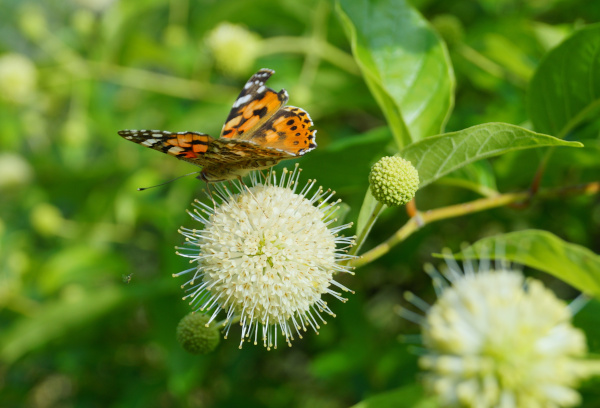
Key Information
Position
Soil Conditions
Hardiness


Where & when to plant Cephalanthus
For best results, plant in autumn or spring. An autumn planting can be done by those gardening in mild conditions (and broadly speaking, this is the southern half of the UK). For those liable to cold winters, it is best to wait until spring (generally the northern half of the UK). Planting can also be carried out in summer, though be prepared to water regularly.
Plant cephalanthus in a reliably moist spot, such as the banks of a pond, a border of damp, heavy soil, or simply a lower point of the garden where rainwater gathers. You could also try growing cephalanthus in a container, though go for a dwarf cultivar of this naturally large shrub. ‘Sugar Shack’ or ‘Magical Moonlight’ are two smaller forms.
How to plant Cephalanthus
- For planting into the ground, start by watering the roots well and allow to drain before planting.
- Dig the soil area over, removing any large stones and weeds and breaking up any lumps. Mix in a generous amount of organic matter – slightly acidic material such as leaf mould, well-rotted pine needles, or ericaceous compost is best.
- Rake level and firm with your heels. Rake level again.
- Now dig the planting hole, aiming for twice the width of the rootball.
- Place the plant in the hole, ensuring the top of the rootball sits level with the surface of the soil. Too low and the stem can rot, too high and the roots can dry out.
- Backfill with soil and firm in gently with your foot.
- Soak well with water.
- Mulch around the base with organic matter; again leaf mould, well-rotted pine needles, or ericaceous compost if you have it.
- For planting in containers (remember, dwarf varieties are best for this), first choose an appropriately sized pot. Cephalanthus is fast-growing, so it’s fine to go for a pot which is considerably larger than the rootball. Ensure there are plenty of drainage holes in the bottom.
- Again, water the roots thoroughly and allow to drain before potting.
- It can be a good idea to fill and plant your pot in situ to save yourself the trouble of moving it once full.
- Use an ericaceous compost with plenty of horticultural grit mixed in, and, if not already present in the compost (check the description on the bag) some slow-release fertiliser granules.
- Start by partially filling the pot with compost; enough so that when placed on it the top of the roots sit about 3cm lower than the top of the pot.
- Infill all the space surrounding the roots with compost, firming down with your fingers then adding a little more so the plant is held tight.
- Pick up the pot (if you can!) and lightly tap on the potting bench or ground a few times to help further settle the compost around the plant.
- Soak well with water.
- A mulch with horticultural grit will look attractive and help to prevent a ‘cap’ or crust forming on the top of the compost (something container plants can suffer due to the artificial nature of their watering).
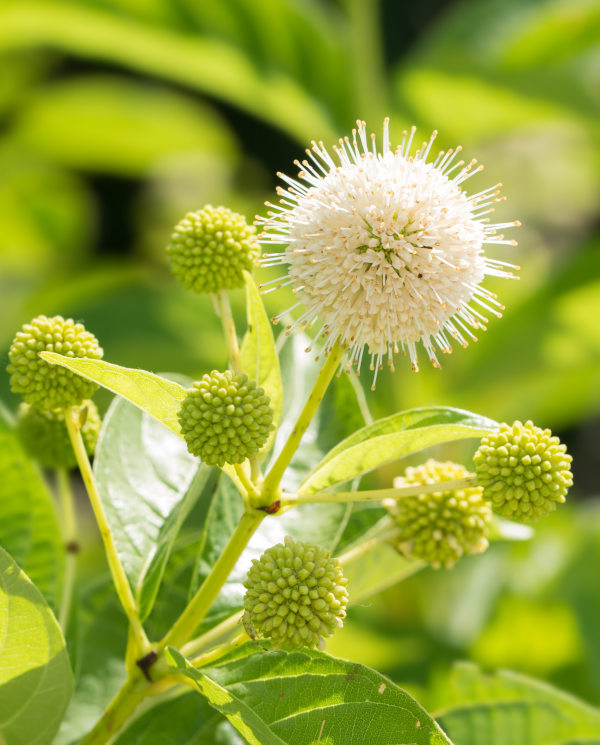
What to plant with Cephalanthus
Sharing the same growing preferences, (i.e., consistently moist, slightly acidic, and sunny), are plants such as willow, dogwood, astilbe, cranberry, blueberry, Primula denticulata, Primula japonica, and persicaria.
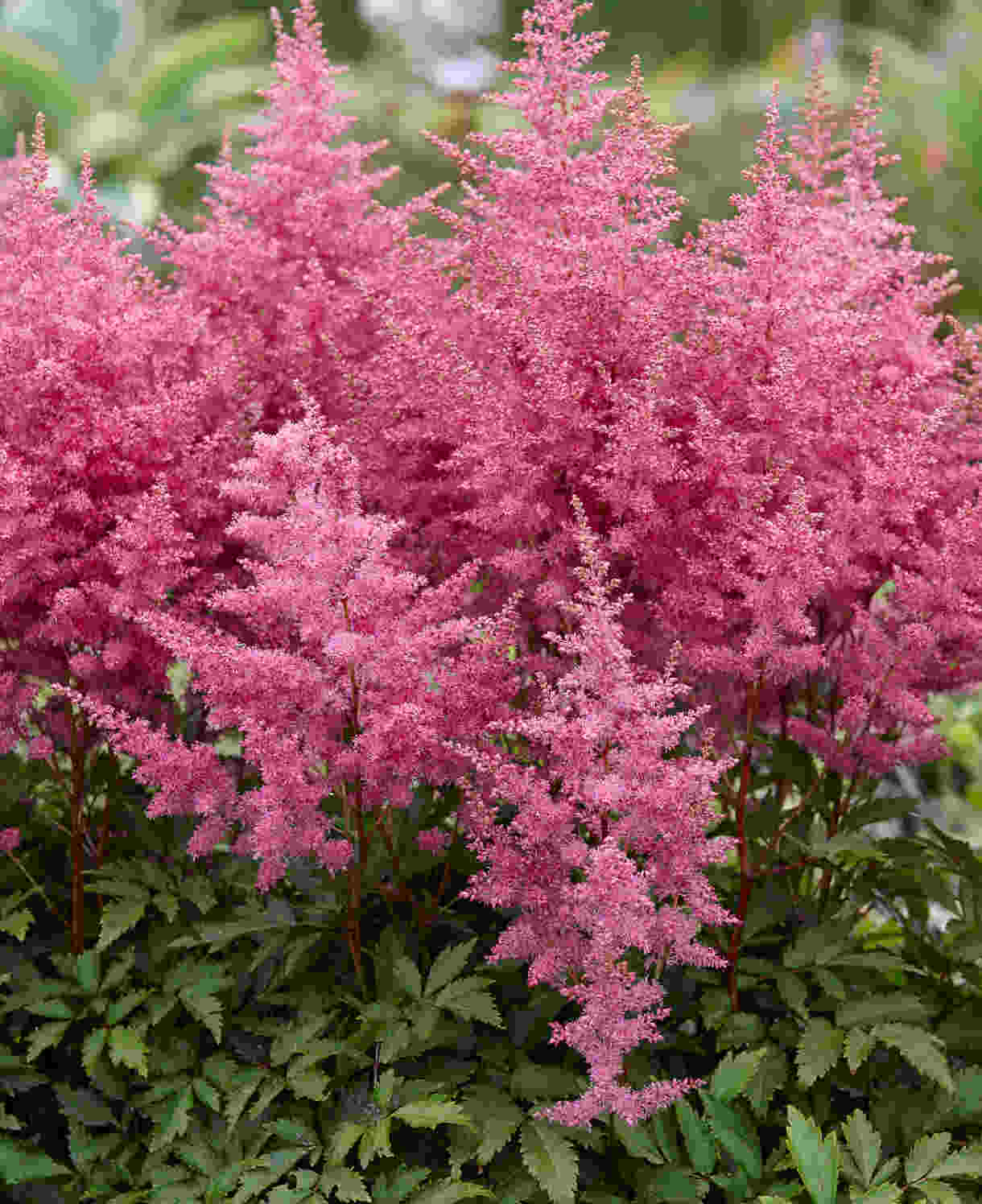
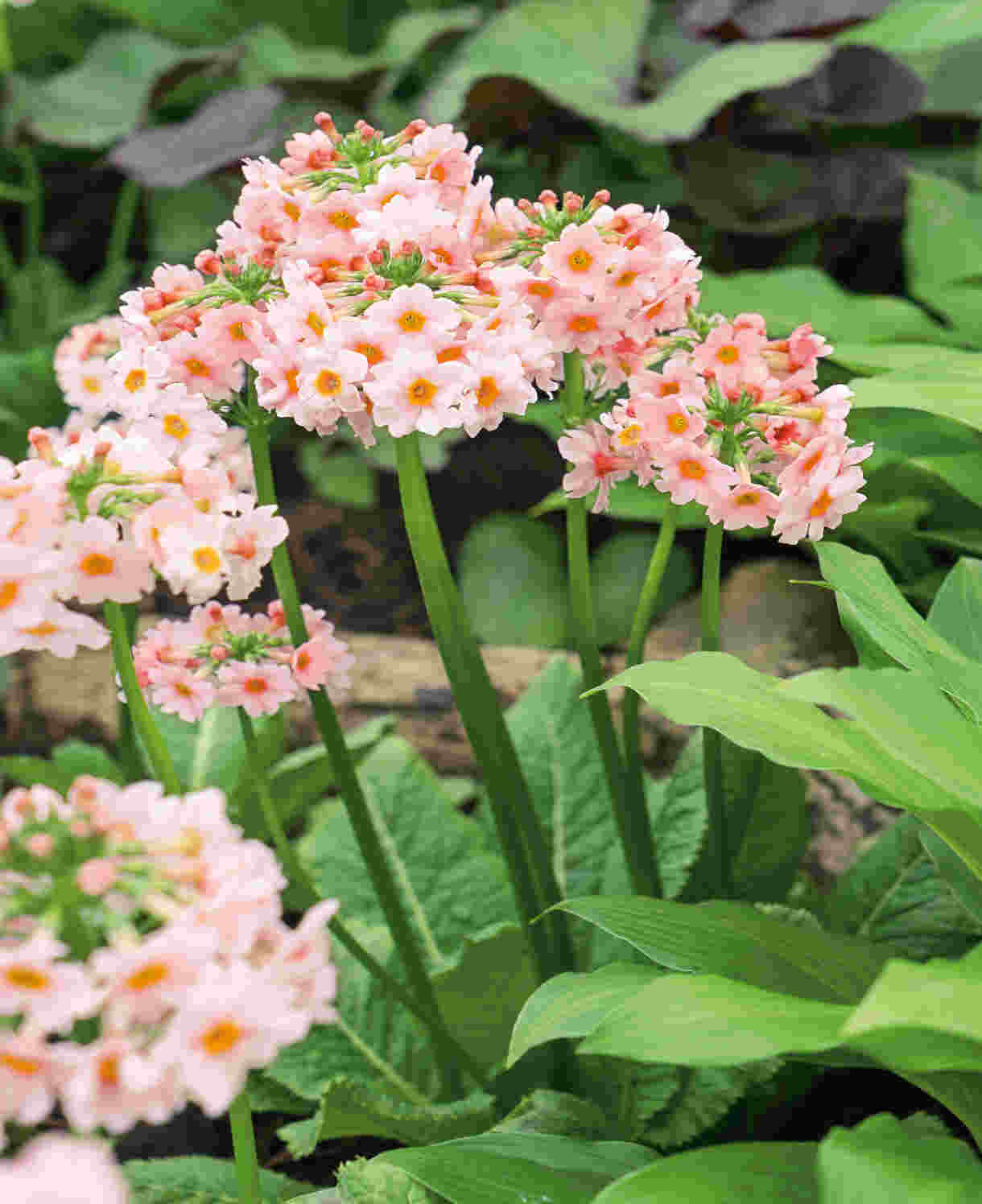
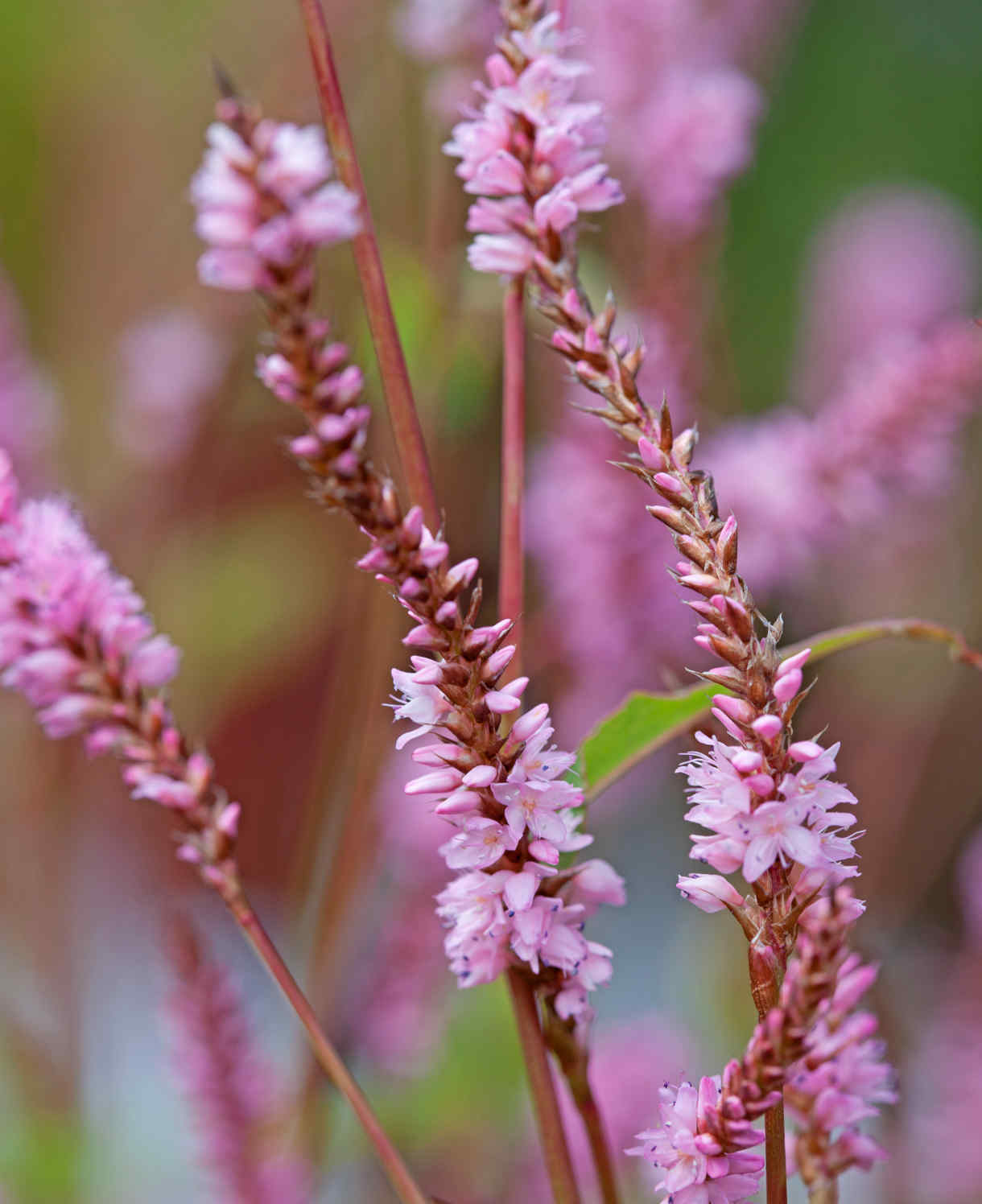
How to care for Cephalanthus
Pruning and Deadheading
Left untouched, this large shrub can quickly become scrappy and irregularly shaped. Many gardeners therefore prefer to prune it annually – not only does this maintain a neat shape but is also a way of restricting the size.
Classed as a late-flowering shrub, cephlanthus falls into the RHS pruning group 6, which means it is best pruned in early to mid-spring. How you prune is up to you – you can either cut back growth to a desired size each year, removing dead, diseased, damaged, and badly placed stems whilst you’re at it, or you can simply cut the whole lot down to just above ground level and start afresh each year. Such is the speedy growth rate of this shrub it will respond with plenty of new growth quickly. Another option is to ‘raise the crown’, which means removing lower stems and branches to encourage more of a tree-like shape.
Watering
Cephalanthus is a moisture-loving shrub which does not enjoy drying out. If planted in ideal conditions (i.e., soil which remains consistently moist), a couple of big soakings after initial planting may suffice. Where moisture levels are more precarious, a watchful approach will need to be taken, being prepared to step in and water when anything more than the top few centimetres of soil dry out (wiggle your finger down into the soil to check this).
Cephalanthus in a container will require frequent watering throughout the growing season, and a saucer placed beneath the pot can be useful in maintaining high moisture levels in the compost. From mid-autumn, the British climate tends to take over watering needs, though do remember to step in in the event of an unseasonably dry spell.
As for all acid-loving plants, rainwater from a butt is best as tap water can contain calcium which increases soil alkalinity over time (particularly in hard water areas). Having said this, tap water is better than nothing if this is all you have available.
Feeding
Cephalanthus enjoys nutrient-rich growing conditions and will thank you for additional feeding.
For cephalanthus grown in the ground, in late winter to early spring apply an ericaceous feed to the surface of the soil and lightly work it in (known as a ‘top dress’). Follow this with a mulch of acidic organic matter, i.e., a layer of ericaceous compost, composted pine needles, or leaf mould applied to the soil around the plant. The mulch has the added benefit of suppressing weeds and locking in moisture. Try to avoid manure or mushroom compost, as these tend to have a more alkaline pH.
Container-grown plants rely even more on the gardener for nutrition. Start by making sure you use a good quality ericaceous compost, then from March to September apply an ericaceous liquid feed every two to four weeks.
Remember also to repot your cephalanthus as required every few years, going up slightly in pot size and using fresh, ericaceous compost containing ericaceous feed. Once the plant reaches full size or a larger pot is no longer feasible, an annual top dress is advised: each spring, scrape off the top 5cm of compost and replace with fresh, remembering to mix in a little ericaceous feed too.
Cold Protection
Cephalanthus is hardy enough to withstand winter throughout most of the UK, without the need for additional protection. If you garden in a very exposed or cold spot, it may be worth protecting the shrub with one of these handy fleece jackets during the harshest of the winter weather.
Like all plants, those grown in a container can be more vulnerable to the elements. Move to a sheltered spot if you can, or wrap the container in fleece, hessian, or similar. As well as protecting the roots from cold damage, this reduces the chances of the pot cracking in the frost.
Pests and Diseases
Cephalanthus is considered trouble-free.
How to propagate Cephalanthus
Cephalanthus can be propagated by cuttings in mid-summer.
- Snip cuttings off the plant, if possible taking a longer piece than the ideal eventual length of around 10cm (to allow for trimming).
- Put them in a plastic bag straight away to prevent drying out.
- Fill several pots with a well-draining compost mix.
- Trim the end of the cutting to just below a node (point at which leaves grow).
- Remove lowest leaves and soft tip, leaving 2-4 leaves.
- If the remaining leaves are large, cut them in half with a sharp knife (to reduce water lost through transpiration).
- Insert the cuttings into the compost and water lightly. Several cuttings can be put in the same container if there is enough space to do this without them touching.
- Place in a greenhouse or propagating unit if you have one or covered with a plastic bag on a windowsill if not (out of direct sunlight).
- Keep the cuttings misted and occasionally watered until they root. You will know this has happened when roots emerge out of the bottom of the container.
- Gently remove rooted cuttings and pot them into individual pots. Grow on in a cool yet frost-free environment such as an unheated conservatory, greenhouse, or cold frame, until they are large enough to be planted out.
* Many plants carry Plant Breeders Rights and cannot be propagated for commercial purposes.
Common Cephalanthus questions
How long do cephalanthus flowers last for?
Each individual flower lasts 3-4 days, though these are produced continuously between mid-summer and mid-autumn.
Is cephalanthus invasive?
While it has a fast growth rate, cephalanthus is not a vigorous spreader or considered invasive.
Are there other species of cephalanthus as well as occidentalis?
There are, though only C. occidentalis is widely cultivated.
Will cephalanthus cope with drought?
No, this is a wetland shrub which needs plenty of moisture to thrive.




